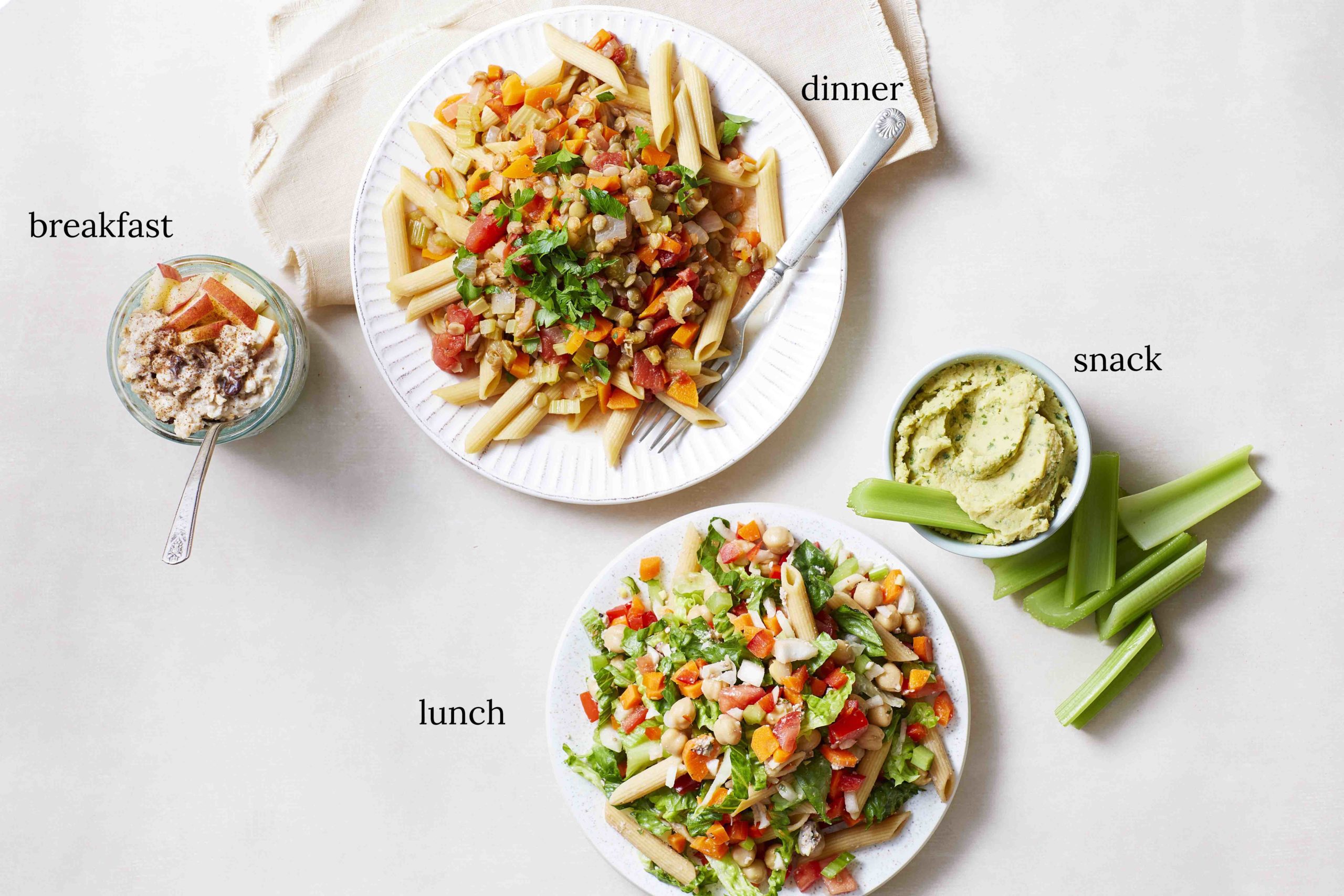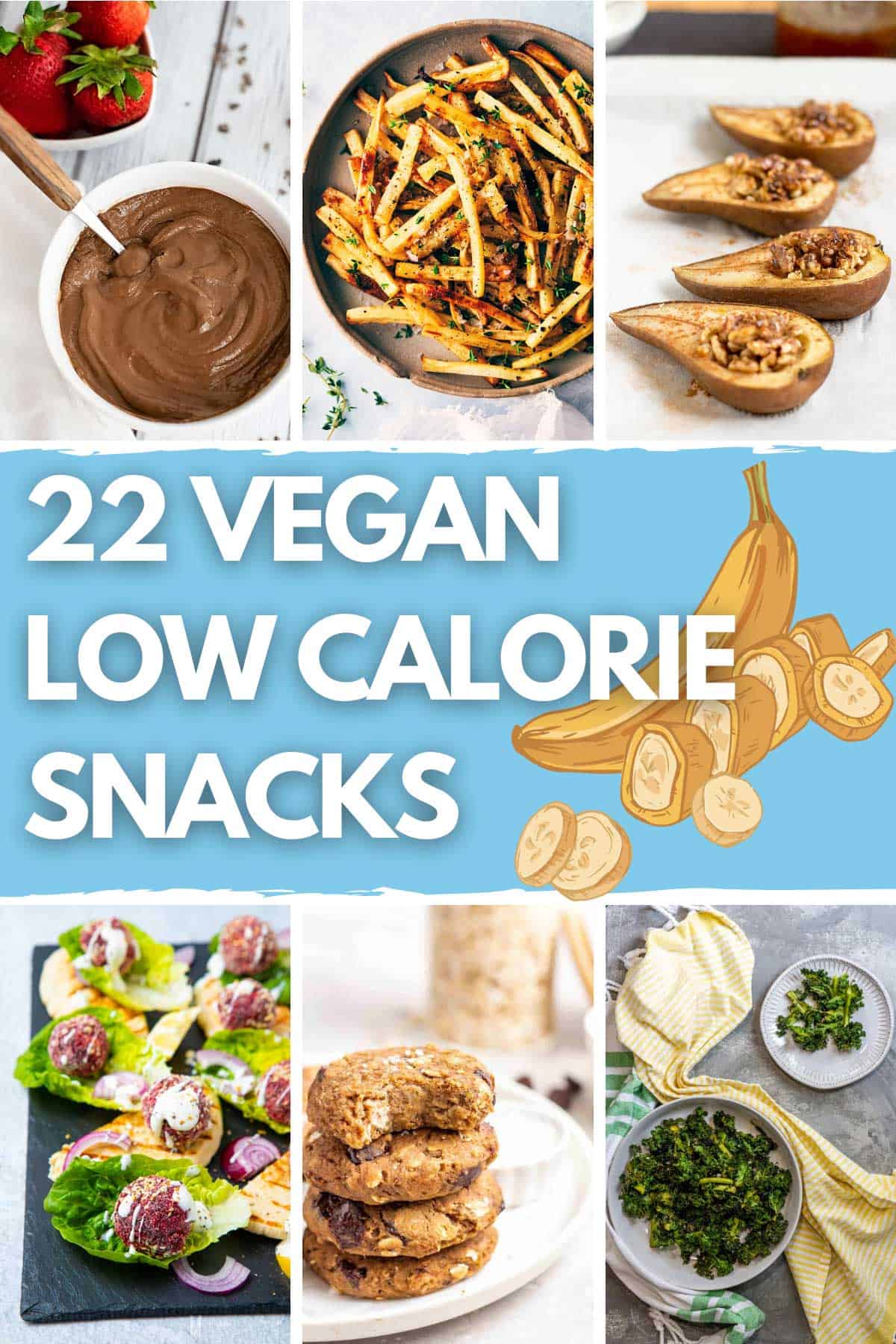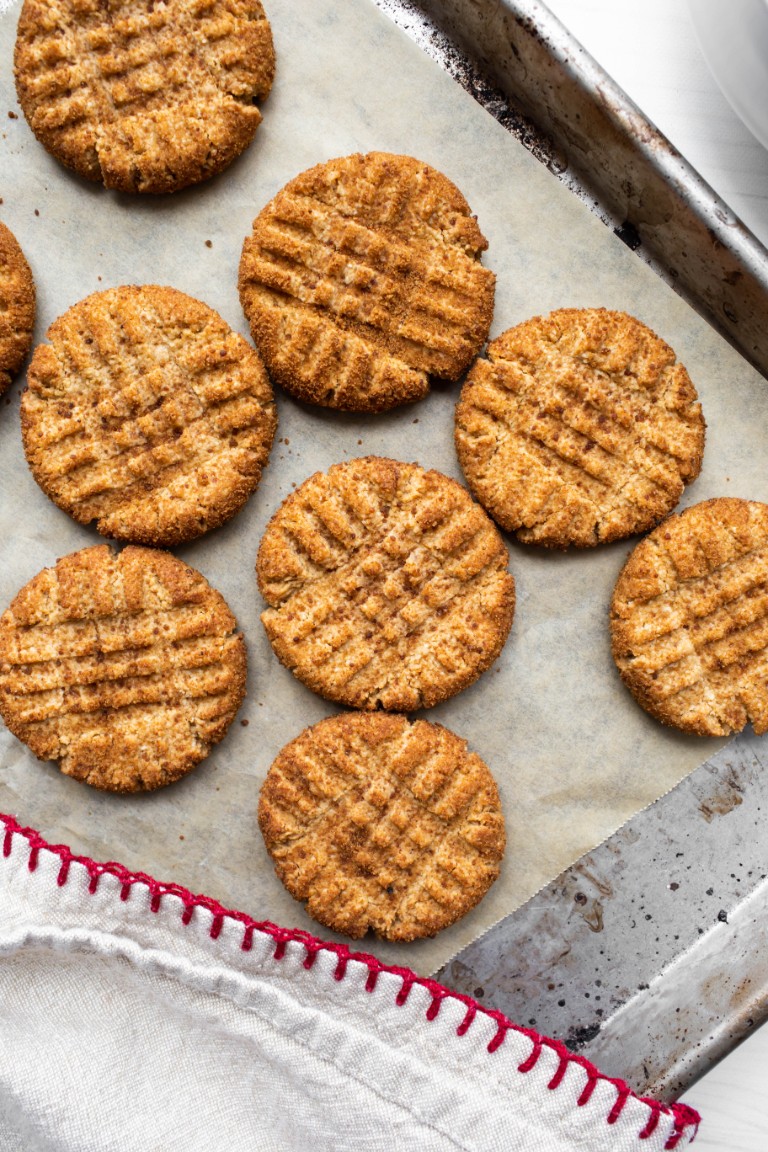
Vegans or not, vegan Thanksgiving casseroles are a wonderful way to celebrate. This satisfying, rich dish is packed full of comfort food flavor. While you will want to serve it with vegan sauce, it can be enjoyed on its own.
This vegan green bean casserole is full of flavor. The recipe calls for unsweetened almond milk, soy sauce, and can be substituted with oat milk or even oatflakes. Also, the dish can be topped off with crispy onions. It can be served in an oven-proof skillet or in a ceramic casserole dish. This is a great recipe that you can make up to a week ahead and then bake when you are ready. It can be frozen for up to 3 months.
This casserole is great for both meat-eaters and vegetarians. It's simple to make and makes a great reheated dish. Making your own gravy is an alternative to traditional. It can also be used to garnish any meal. It's a delicious way to sneak in some healthy protein.

Vegan Shepherd's Pie is another delicious and hearty vegetarian Thanksgiving recipe. There are so many options for ingredients in a shepherd’s pie. Sweet potato is the main autumn vegetable. Carrots and celery are also great choices. You can also add sweetness to the dish by using cauliflower. Vegans can make this dish with full-fat coconut milk.
This casserole can be served as a side dish with a mashed potato. This casserole works best with stuffing that isn't too wet. Alternatively, you can serve it with cranberry sauce. Orange flesh is an alternative to cranberry syrup. Even vegans can make traditional Cranberry Sauce.
A casserole dish 8-9 inches square is required for this recipe. Olive oil will be required. You can also use a pan sheet or skillet instead of a dish. It's possible to freeze the casserole up to a week in advance and then bake it when you're ready.
To serve this casserole as your main dish, prepare the potatoes. You'll want to use equal-sized potatoes. This will ensure that the potatoes cook evenly. You can also add garlic powder to your potatoes. To mix them in, you'll need to use a knife or fork. A spoon can be used to smoothen the potatoes. If you're serving this casserole as mashed potatoes, you'll need vegan butter and maple syrup.

This casserole has a delicious and nutritious vegan version. It's rich in fiber and folate. It's also rich in protein. You can make this recipe gluten-free. You can even serve it to carnivores.
You can substitute wheat flour for oat or quinoa flour to make this recipe gluten-free. Also, you can use almond or vegan butter in the potatoes.
FAQ
Which 10 foods are your favorite?
The top 10 best foods are:
-
Avocados
-
Berries
-
Broccoli
-
Cauliflower
-
Eggs
-
Fish
-
Grains
-
Nuts
-
Oats
-
Salmon
How do I measure body fat
A Body Fat Analyzer is the best way to measure body weight. These devices are used to measure the percentage of bodyfat in people who desire to lose weight.
What is the difference among a virus or bacterium and what are their differences?
A virus is an organism microscopic that can't reproduce outside its host cells. A bacterium is a single-celled organism that reproduces by splitting itself in two. Viruses are very small (about 20 nanometers) while bacteria are larger (up to 1 micron).
Viruses can spread from contact with bodily fluids that are infected such as saliva, urine or semen. Bacteria are usually spread through direct contact with contaminated objects or surfaces.
Viruses can get into our bodies through cuts and scrapes on the skin, bites or other injuries. They can also be transmitted through the eyes, nose, mouth, ears, vaginal, rectum, and anus.
Bacteria can enter our bodies through wounds, cuts, scrapes, burns, insect stings, or other breaks in our skin. They may also be introduced into our bodies through food and water as well as soil, dirt, dust, and animals.
Both bacteria and viruses can cause illness. However, viruses cannot reproduce within their hosts. So they only cause illnesses when they infect living cells.
Bacteria can cause illness by multiplying in the body. They can also invade other parts of your body. They can even invade other parts of the body, which is why antibiotics are necessary to eradicate them.
What can you do for your immune system to improve?
There are trillions of cells in the human body. These cells combine to form organs or tissues that serve specific functions. One cell is replaced by another when it dies. Hormones, which are chemical signals that allow cells to communicate with one another, enable them to do so. Hormones regulate all bodily functions from growth and developmental to metabolism and immunity.
Hormones, chemicals that are secreted throughout the body by glands, are chemicals. They circulate through the bloodstream and act as messengers to regulate how our bodies function. Some hormones can be produced within the body while others can be made outside.
Hormone production begins when a hormone-producing gland releases its contents into the bloodstream. Once released, hormones move through the body until they reach their target organ. In some cases hormones can remain active for a very short time. Some hormones remain active for longer periods of time and can continue to have an impact on the body's function long after they are gone.
Some hormones can be produced in large amounts. Others are only produced in very small quantities.
Certain hormones can only be produced at specific times in life. Estrogen is one example. It's produced in puberty, pregnancy and menopause. Estrogen is important for women to develop breasts and maintain bone density. It also helps prevent osteoporosis. Estrogen promotes hair growth, and skin stays soft and smooth.
Why is it so important to lead a healthy lifestyle
A healthy lifestyle will help us live longer and happier lives. A healthy diet, regular exercise, good sleep habits, and stress management will help prevent diseases like heart disease, diabetes, cancer, and stroke.
By living a healthy lifestyle, we can improve our mental health. It will make us more resilient to everyday stress. Healthy living will boost self-confidence and make you look and feel younger.
How can you live your best life every day?
Finding out what makes your heart happy is the first step to living a fulfilled life. Once you are clear about what makes you happy and satisfied, you can move on to the next step. You can also ask others how they live their best lives everyday.
You can also read books like "How to Live Your Best Life" by Dr. Wayne Dyer. He discusses finding happiness and fulfillment throughout our lives.
Statistics
- nutrients.[17]X Research sourceWhole grains to try include: 100% whole wheat pasta and bread, brown rice, whole grain oats, farro, millet, quinoa, and barley. (wikihow.com)
- This article received 11 testimonials and 86% of readers who voted found it helpful, earning it our reader-approved status. (wikihow.com)
- The Dietary Guidelines for Americans recommend keeping added sugar intake below 10% of your daily calorie intake, while the World Health Organization recommends slashing added sugars to 5% or less of your daily calories for optimal health (59Trusted (healthline.com)
- According to the 2020 Dietary Guidelines for Americans, a balanced diet high in fruits and vegetables, lean protein, low-fat dairy and whole grains is needed for optimal energy. (mayoclinichealthsystem.org)
External Links
How To
What does the "vitamin") mean?
Vitamins are organic compounds found naturally in food. Vitamins help us absorb nutrients in the foods we consume. Vitamins cannot be made by the body; they must be taken from food.
There are two types of vitamins: water soluble and fat soluble. Water soluble vitamins dissolve easily in water. Some examples include vitamin C,B1 and B2 vitamins (thiamine), B2 and riboflavin, B3 and niacin, B6 vitamins (pyridoxine), B6 vitamins (niacin), folic acids, biotin, pantothenic acids, and Choline. The liver and fatty tissue are the main storage places for fat-soluble vitamins. You can find vitamin D, E K, A and beta carotene as examples.
Vitamins can be classified by their biological activity. There are eight main types of vitamins:
-
A – Essential for normal growth, and the maintenance of good health.
-
C - vital for nerve function and energy generation
-
D - Essential for healthy teeth and bones.
-
E - needed for good vision and reproduction.
-
K - required for healthy muscles and nerves.
-
P – Vital for building strong bones.
-
Q - Aids in digestion and absorption.
-
R is required for the production of red blood cells.
The recommended daily allowance (RDA), for vitamins, varies based on gender, age, and physical condition. The U.S. Food and Drug Administration (FDA) sets the RDA values.
For adults aged 19 or older, the RDA of vitamin A is 400mg per day. Pregnant women require 600 micrograms daily to support fetal development. Children ages 1-8 require 900 micrograms per day. Babies under one-year old need 700 micrograms per daily. Between 9 and 12 month, however, this drops to 500 mg per day.
Children aged 1-18 years need 800 micrograms daily, while children overweight require 1000 micrograms per days. Children who are severely obese or underweight will need 1200 micrograms each day.
Children 4-8 years old with anemia will need 2200 mg of vitamin D daily.
Adults over 50 years of age need 2000 micrograms per day for general health. Because of their higher nutrient needs, women who are pregnant or nursing need 3000 mg per day.
Adults over 70 require 1500 micrograms each day, since they lose approximately 10% of muscle mass each decade.
Women who are pregnant or nursing need more than the RDA. Pregnant woman need 4000 micrograms daily in pregnancy and 2500 per day after childbirth. Breastfeeding mothers need to consume 5000 micrograms each day when breastmilk has been produced.